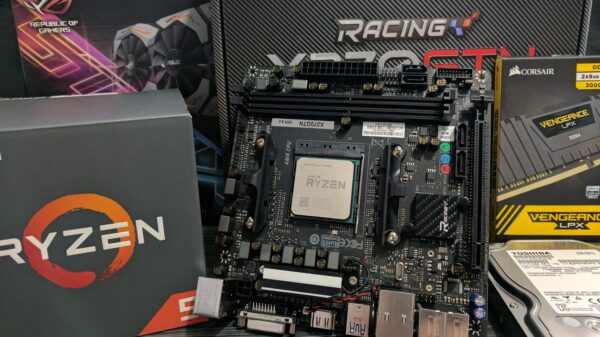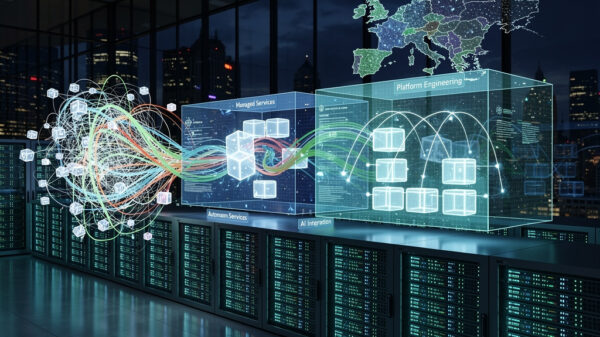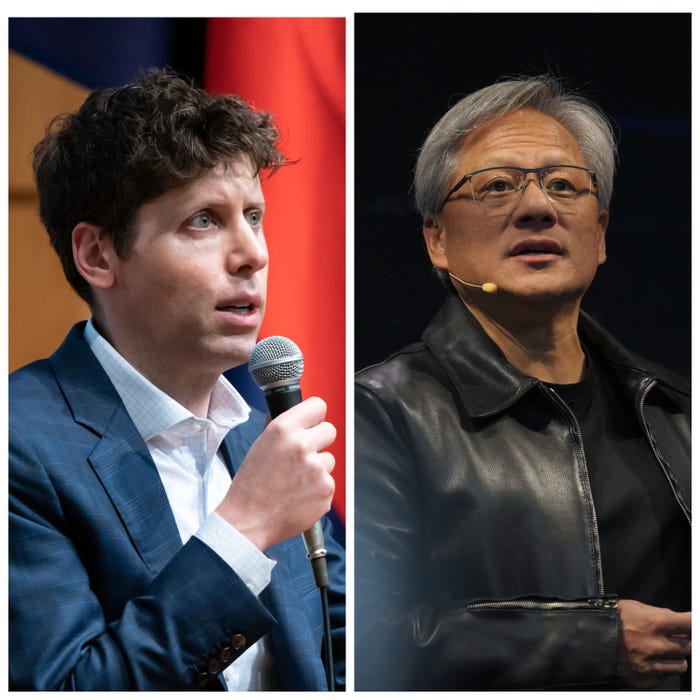UPDATE: OpenAI has just announced a groundbreaking $100 billion partnership with Nvidia, aimed at bolstering its AI capabilities. However, a significant challenge looms: securing sufficient power to support this ambitious expansion.
The deal, confirmed on Monday, grants OpenAI access to 10 gigawatts of high-powered GPUs essential for its growth strategy. Yet, experts warn that without adequate electricity, the deal may not materialize into the powerhouse AI infrastructure needed. “It is a huge hurdle to get access to power,” stated Benjamin Hertz-Shargel, head grid expert at Wood Mackenzie.
The urgency of this situation cannot be overstated. The United States power grid is already under considerable strain due to a surge in data center construction. Adding another 10 gigawatts of demand is akin to the energy consumption of New York City at its peak summer load, according to energy policy consultant Rob Gramlich. He noted that the nation will need around 60 gigawatts of new power to accommodate the expected influx of data centers by the end of the decade.
Officials at OpenAI remained tight-lipped about the specifics of their power acquisition strategy. However, the partnership with Nvidia highlights an alarming trend in the tech landscape: the growing constraint of electricity access as a crucial factor in AI development. In a joint interview with Nvidia CEO Jensen Huang, OpenAI CEO Sam Altman emphasized, “Infrastructure is critical to everything we do. Without this, we can’t deliver the services people want.”
The increasing difficulty in accessing power is being described as “the silent bottleneck” for Big Tech’s AI ambitions. Data centers, which rely on public utility companies for electricity, are facing an unprecedented influx of service requests. This overwhelming demand has led to delays in new infrastructure projects, with a reported 17.5% decline in the construction pipeline for data centers in the first half of 2025, according to commercial real estate services firm CBRE.
To circumvent these challenges, some data center operators are exploring alternative solutions. For example, the Stargate project in Abilene, Texas, part of a $500 billion joint venture involving OpenAI and Oracle, has begun developing its own on-site power plants.
As the power crisis deepens, the tech industry is compelled to innovate. Some firms are investing heavily in renewable energy technologies, while others, like Elon Musk’s xAI, are opting for on-site natural gas generators, a move that has drawn criticism from environmental groups.
Despite these hurdles, experts view OpenAI’s deal with Nvidia as a strategic masterstroke. Sean Farney from Jones Lang Lasalle noted that Nvidia’s prominence in AI processor development makes the partnership pivotal. “It’s the two leaders getting together to ensure their continued dominance,” he stated.
Looking ahead, the tech landscape must address the pressing need for power infrastructure. With the US Department of Energy warning of potential blackouts increasing by as much as 100 incidents annually by 2030 without new investments, the stakes are high.
As the AI race heats up, companies will need to be creative in sourcing their energy needs. The future of AI development, and indeed the sustainability of major tech players, hinges on overcoming this critical power challenge. The urgency to act is paramount, and as Altman pointed out, “There’s too much interest and dollar signs on this deal.”
Stay tuned for more updates on this developing story as OpenAI and Nvidia navigate the complex landscape of power access in the AI revolution.





































































